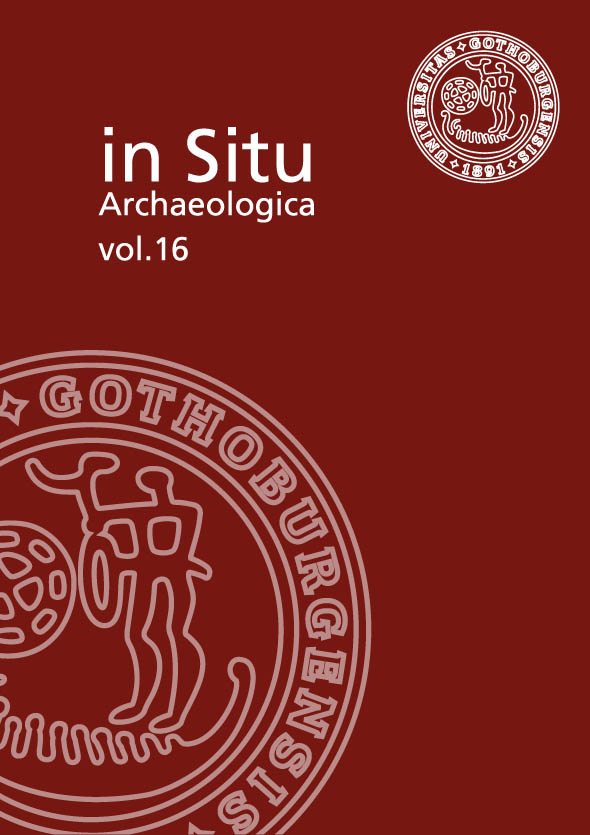Governed by Grief, Fear and Reverence: Dealing with the Dead and the Buried during the Middle Neolithic on Gotland
DOI:
https://doi.org/10.58323/insi.v16.10972Keywords:
The Middle Neolithic, Human burials, Gotland, ArchaeologyAbstract
The Middle Neolithic sites on Gotland are characterized by variety in the handling of human remains. In addition to burials with complete and intact skeletons and package-burials, some contexts contain mutilated bodies, or they contain a few human bones or none. These practices have previously been interpreted as resulting from modern disturbances such as ploughing or pre-depositional treatment of dead bodies. Based on re-examination of the field documentation and C14-dates, I argue that the diverse ways of treating human skeletal remains represent post-depositional practices, and I propose that part of the mortuary practices was to reopen graves and exhume bones. During the Middle Neolithic, death might have been conceptualized as a process, and treatment of the dead and the buried could have been governed by a variety of emotions like grief, fear and reverence.
Downloads
Downloads
Published
How to Cite
Issue
Section
License
Copyright (c) 2023 Helena Andersson

This work is licensed under a Creative Commons Attribution-NonCommercial 4.0 International License.
Authors contributing to In Situ Archaeologica agree to publish their articles under a Creative Commons License. This gives third party different rights to use the material under certain conditions. These rights is defined by which license the article is published and it is the third partly responsibility to ensure that the license is fullfilled in any re-use of the material. Authors always retain copyright of their work and any re-use of the material presumes that appropriate credit is given the author, a link is provided to the license, and any changes made are clearly indicated.



